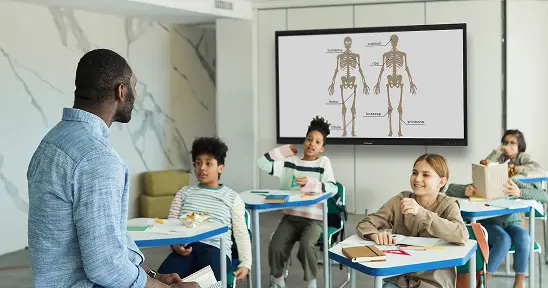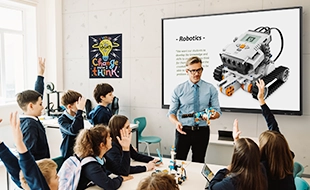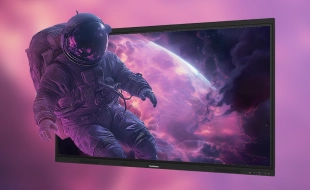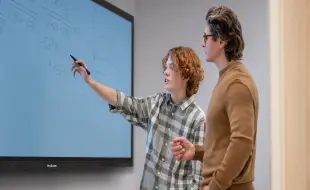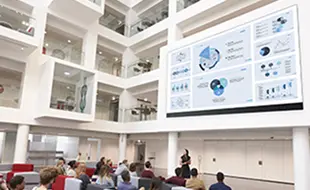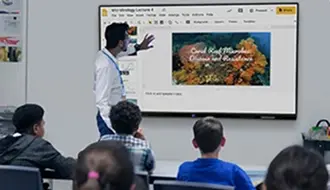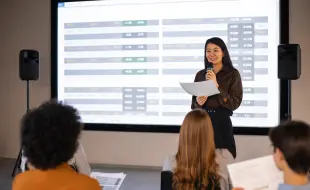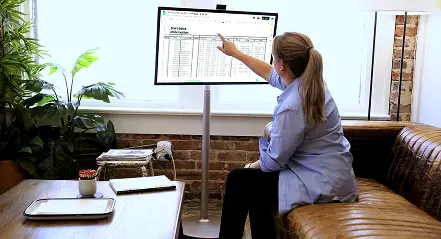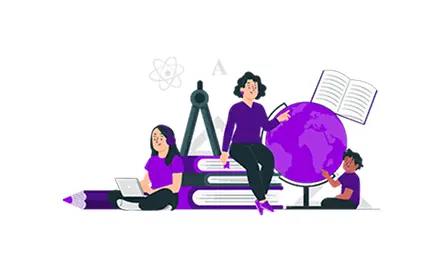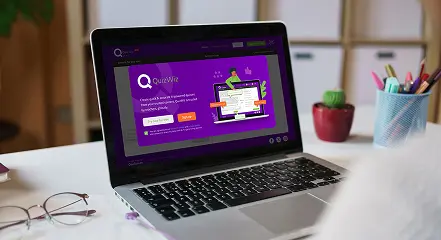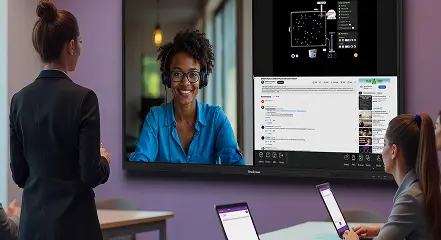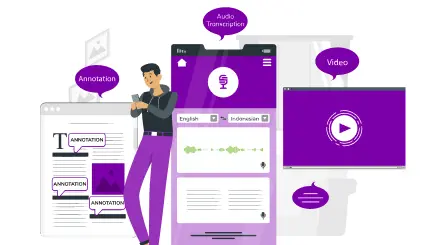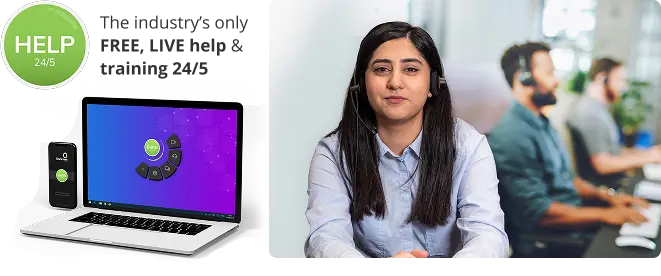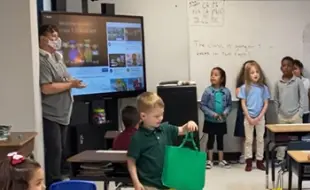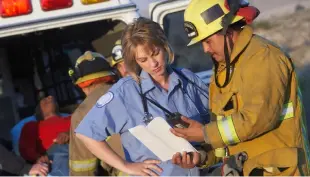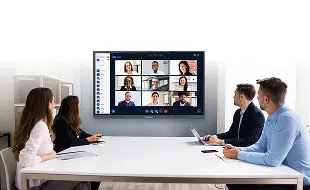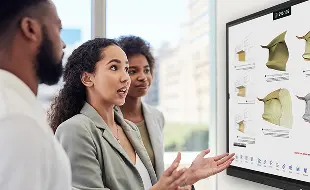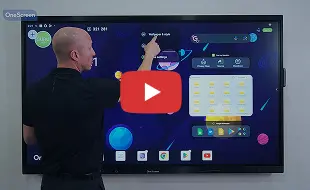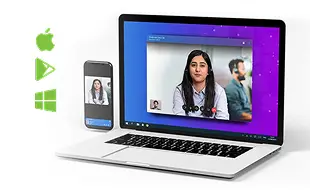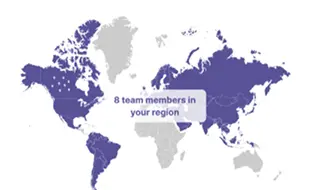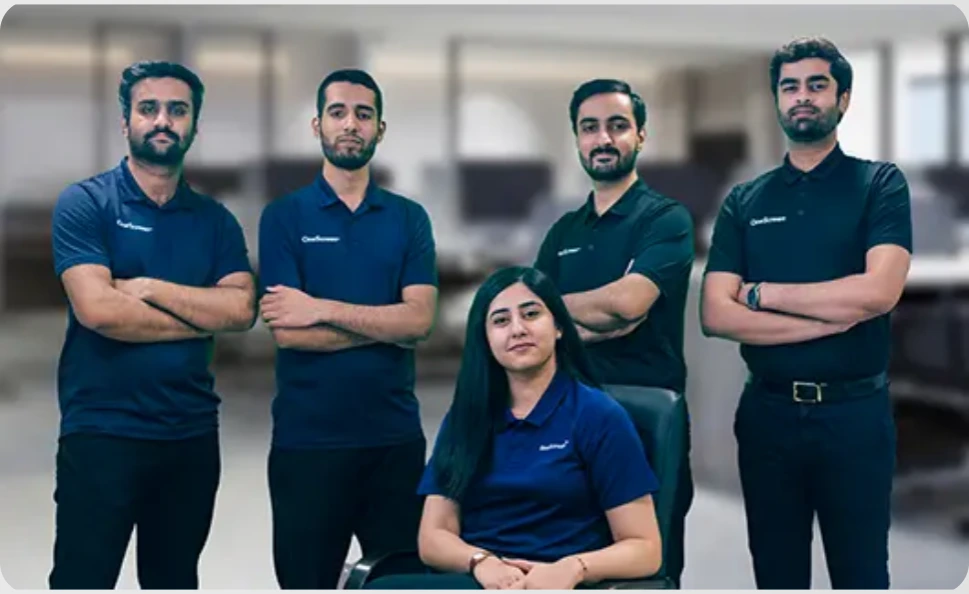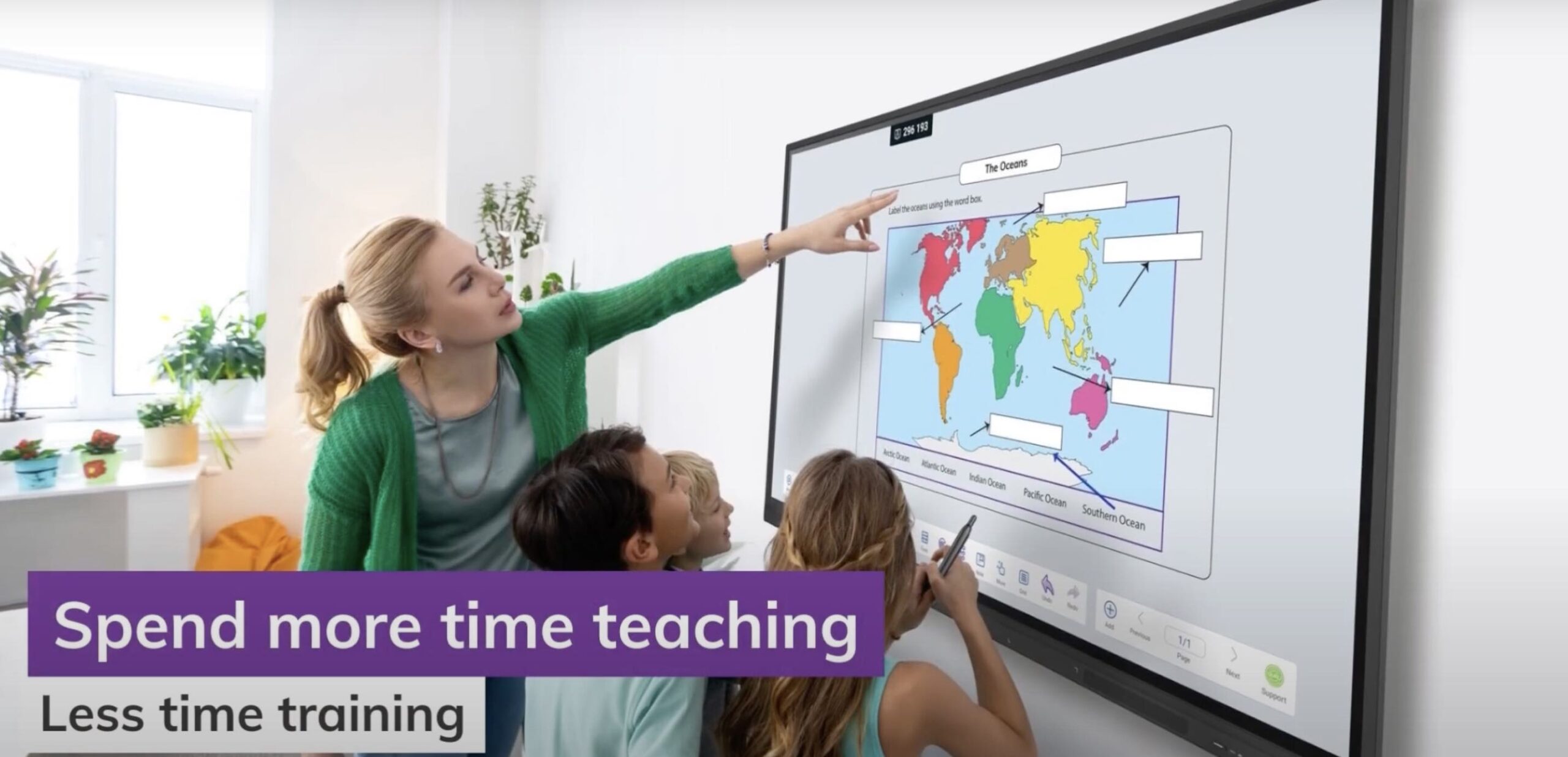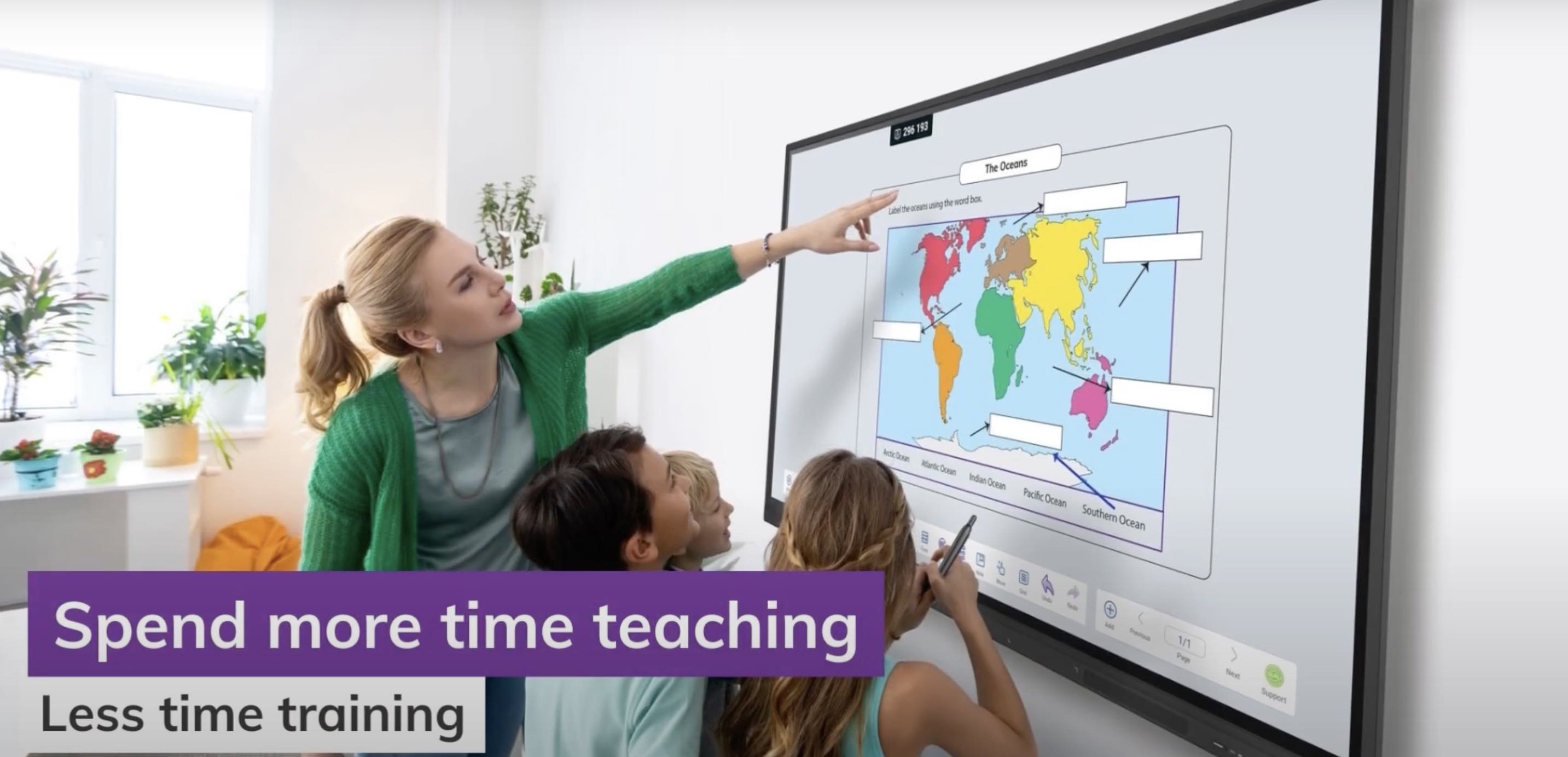
Whether they are in the physical classroom or logging in from home, kids struggle to stay engaged in schoolwork. In many cases, concentration on the lesson IS the lesson.
But the world is different now. Since 2008, smartphones and tablets have become virtual babysitters. Kids talk to their toys and their toys often talk back. Children today grow up understanding technology in a way no other generation has and there is no going back, even if we wanted to.
How do you keep students engaged in a technological world? How do you prepare them for a rapidly evolving society? If technology is the catalyst, it is also the solution.
A study from Carnegie Mellon University found that interactive activities are 6X more likely to help students learn. When students can get their hands on something, manipulate the data themselves, draw pictures and get answers to their questions, the information they receive has more connection points to lasting memories.
OneScreen cares about what’s best for the next generation of students and the educators who take responsibility for their intellectual growth. We want to do our part to help teachers teach and learners learn.
7 ways interactive flat panels (IFPs) promote flow and reduce friction in the classroom.
1 Touch is the ultimate intuitive interface
Children don’t have to be taught how to use a touchscreen. They have been reaching out to touch things since the day they were born.
Bringing this familiar technology into the classroom creates a spark of recognition among students and gives them a focus point for mastery of their environment.
Like a giant tablet for the classroom wall, the IFP gives students the ability to write, draw, interact with characters and learn in a way that makes school work fun.
2 Instant feedback on lesson retention
Paper quizzes have to be well-planned ahead of time and the questions are static once their printed. Passing out and collecting papers takes a significant amount of classtime, not to mention the grading time they require after the kids go home.
Teachers can use IFPs to assess student learning in real-time, using instant quizzes that students can answer right on their iPads or notebooks. This allows teachers to adjust their teaching methods and provide immediate feedback to their students, helping them to improve their understanding of the lesson and find gaps in knowledge retention.
3 Instant access to the world
Only in the past few years, thanks to widespread access to the web, have teachers been able to access a world of information, learning games and pre-made lesson plans.
IFPs with built in web access allow teachers to address any student question, go deeper into topics that fascinate students and pull up just the right visual to explain anything.
Teachers can incorporate all kinds of different media into their lesson plans – diagrams, recorded history, animations, video of world events – and then change up the lesson in real-time to adapt to classroom enthusiasm.
Sometimes all it takes is the right information in the right form – visual, auditory or interactive – to make the lesson click.
IFPs are the most effective way to connect with all students at all learning levels.
4 A seamless transition between lesson plans
Switching from information up on the white board to an image on a projector to questions on a student laptop or tablet can generate confusion and delay, eating up precious in-class teaching time.
When lights go off and blinds close, students can get sleepy or unfocused. TVs rolled into the classroom can be too hard to see by kids in the back and invisible to remote classmates.
IFPs connect wirelessly to a teacher’s computer and student laptops, so a lesson can move from one location to the next in an instant.
An IFP is an all-in-one unit, so there is no need to lock up and store multiple pieces of technology. There are no light bulbs to burn out or cords to trip over. Your IFP is always there and operational in seconds.
Technology should make a teacher’s job easier, not break up the flow of a lesson.
5 The writing is on the wall
Black boards have been a symbol of classrooms for hundreds of years because they used to be the best platform for teachers to share new knowledge at every lesson. Step one: Write on the wall, big enough for all to see. Step two: Erase and repeat.
Now, IFPs massively expand on that premise, allowing teachers the freedom to display any giant size image, video or lesson and freeze it, then write directly on it. Kids can come up to the IFP and write their answers to teacher questions or jot down what fascinates them about the lesson.
No more complaints about unreadable handwriting. The IFP can transform written letters to typewritten text for absolute clarity.
No more confusion over difficult to parse accents or speaking speeds. IFPs can transcribe what speakers say and even translate speech from several major languages.
6. Break down barriers to working together
IFPs bring teachers and students closer, allowing for the teacher and students to interact on the screen together. Instead of singling out one student, teachers can enliven classroom groups, whether they are in-person, remote or both, to collaborate on solutions.
Working with familiar tools, using an interface they have grown up with, helps the more introverted students overcome nervousness and lack of confidence.
7. Recorded lessons have a greater impact
We know teachers put a great deal of hard work into each lesson. Why lose all of that when the lesson ends? IFPs can capture the magic and email out a recorded version of the lesson to any student who couldn’t be there.
With recorded lessons, both teacher and students can refer back to specific points in the lesson. That makes it easier for teachers to make modifications for other grade levels or special classes. It also makes it easier for students to prepare for important tests.
For the very best teachers, these recorded lessons can serve as templates and guides for professional development.
Designed with teachers in mind, with teachers on-board
OneScreen has worked extensively with educators and school-based IT staff to shape and refine our classroom technology. We invite you to check out our case studies to see and hear from educators themselves on what OneScreen has meant for their schools.
Get a demo of the all new TL7 Touchscreen and discover what a difference an IFP can make in creating the ideal learning environment for your school.

 EN
EN  US
US  CA
CA  CO
CO  MX
MX  AE
AE  UK
UK  ES
ES  PK
PK 